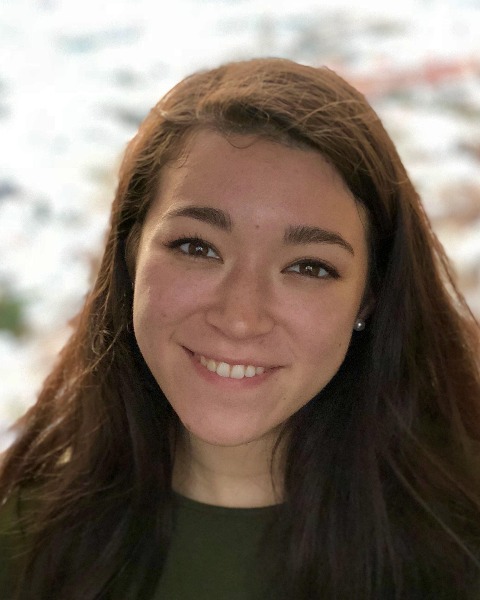Poster Session 3
(908) Blood Pressure Patterns in Pregnancy using In-Clinic and Remote Monitoring and Hypertensive Disorders of Pregnancy

Sara M. Sauer, BA, PhD (she/her/hers)
Senior Data Scientist
Delfina Care Inc
Delfina Care Inc, California, United States
Timothy Wen, MD, MPH (he/him/his)
Assistant Professor
University of California, San Diego
Irvine, California, United States- NF
Noam Finkelstein, PhD
Data Science Consultant
Delfina Care Inc
Delfina Care Inc, California, United States 
Mia Charifson, PhD (she/her/hers)
Senior Data Science
Delfina Care Inc
Delfina Care Inc, CA, United States- CL
Chloe Li, BA
Data Science Consultant
Delfina Care Inc
Delfina Care Inc, California, United States - AK
Adesh Kadambi, BA, MA
Data Science Consultant
Delfina Care Inc
Delfina Care Inc, California, United States - SK
Shreyas Kadambi
Data Engineer
Delfina Care Inc
Delfina Care Inc, California, United States 
Kartik K. Venkatesh, MD, PhD (he/him/his)
Associate Professor
The Ohio State University
Columbus, Ohio, United States- IF
Isabel Fulcher, BA, PhD
Chief Scientific Officer
Delfina Care Inc
Delfina Care Inc, California, United States
Submitting Author and Presenting Author(s)
Coauthor(s)
Despite the established association of in-clinic blood pressure (iBP) with hypertensive disorders of pregnancy (HDP) and the increasing use of remote blood pressure monitoring (rBP), integrating both modalities of BP monitoring to inform HDP risk remains understudied. We identified BP pattern groups in early pregnancy using both iBP and rBP measures and examined their collective ability to predict HDP.
Study Design:
Prospective cohort study of pregnant individuals without chronic hypertension who delivered at one of three clinics enrolled in a digital health platform from 2022-2024. BP data < 20 weeks gestation was transformed into a total of 30 summary statistics characterizing centrality, spread, trends, and concordance of iBP and rBP measures. These BP summary statistics were computed separately for iBP versus rBP data and systolic versus diastolic data. The outcome was HDP. K-means clustering identified BP pattern groups, and the association between these groups and HDP was estimated using logistic regression. Area under the curve (AUC) was used to assess predictive performance.
Results: Using both iBP and rBP measures from 106 assessed individuals, we identified three BP pattern groups. Individuals in group 1 (n=35, 2.9% with HDP) were more likely to have within range BP values and different values between rBP and iBP (Figure 1). Individuals in group 2 (n=38, 7.9% with HDP) generally had within range BP values and similar values between rBP and iBP. Individuals in group 3 (n=33, 33.3% with HDP) were more likely to have high average BP, high BP variability, and concordance between rBP and iBP. BP pattern groups arising from both iBP and rBP data were able to accurately predict subsequent HDP diagnosis (AUC = 0.77, 95% CI: 0.66, 0.89).
Conclusion: K-means clustering of BP measures based on iBP and rRP identified three distinct BP pattern groups that were predictive of HDP. Further research is needed to determine the optimal integration of rBP with iBP to inform HDP risk and care delivery.

